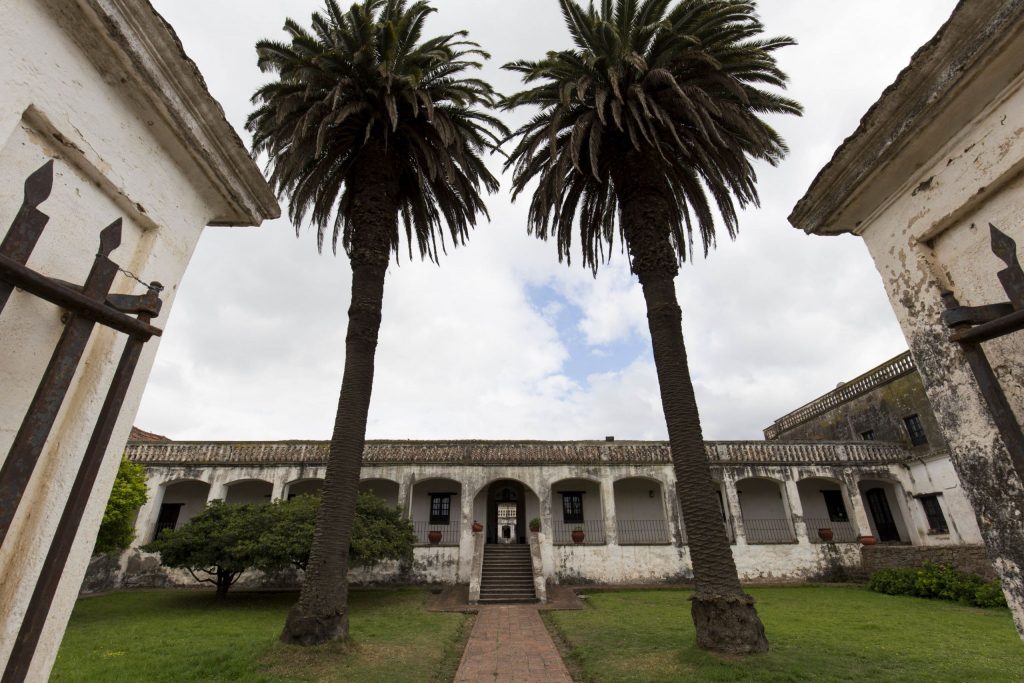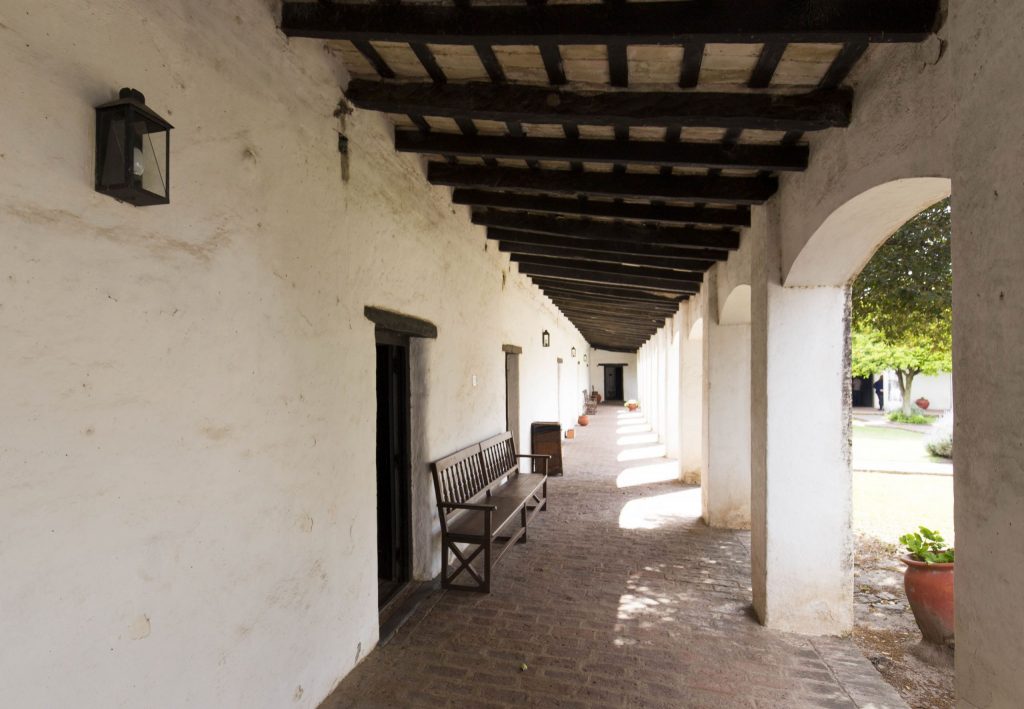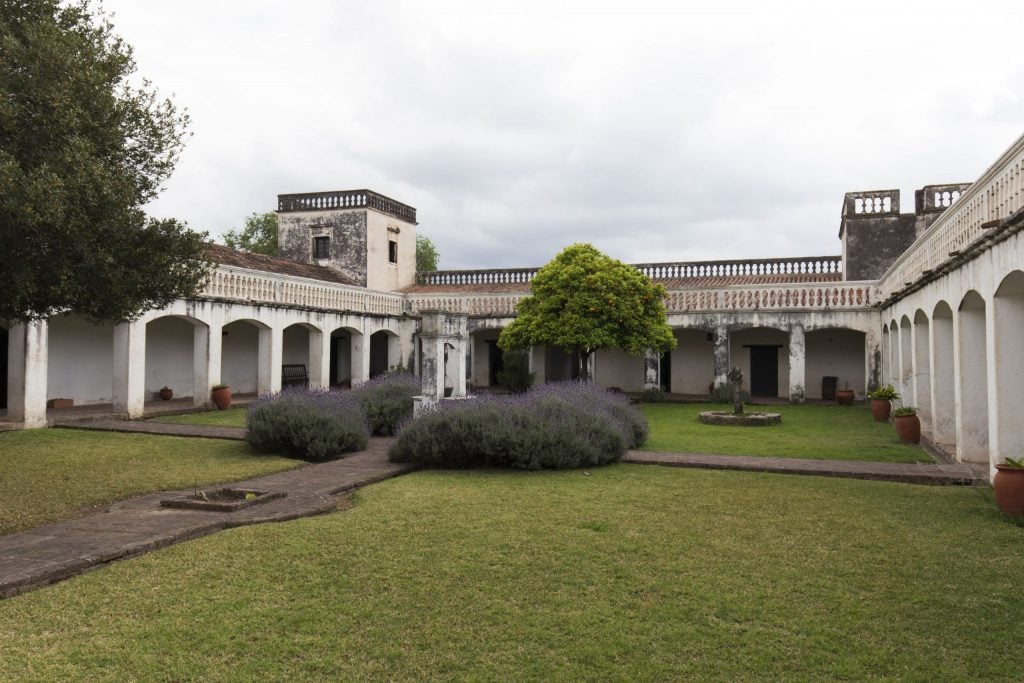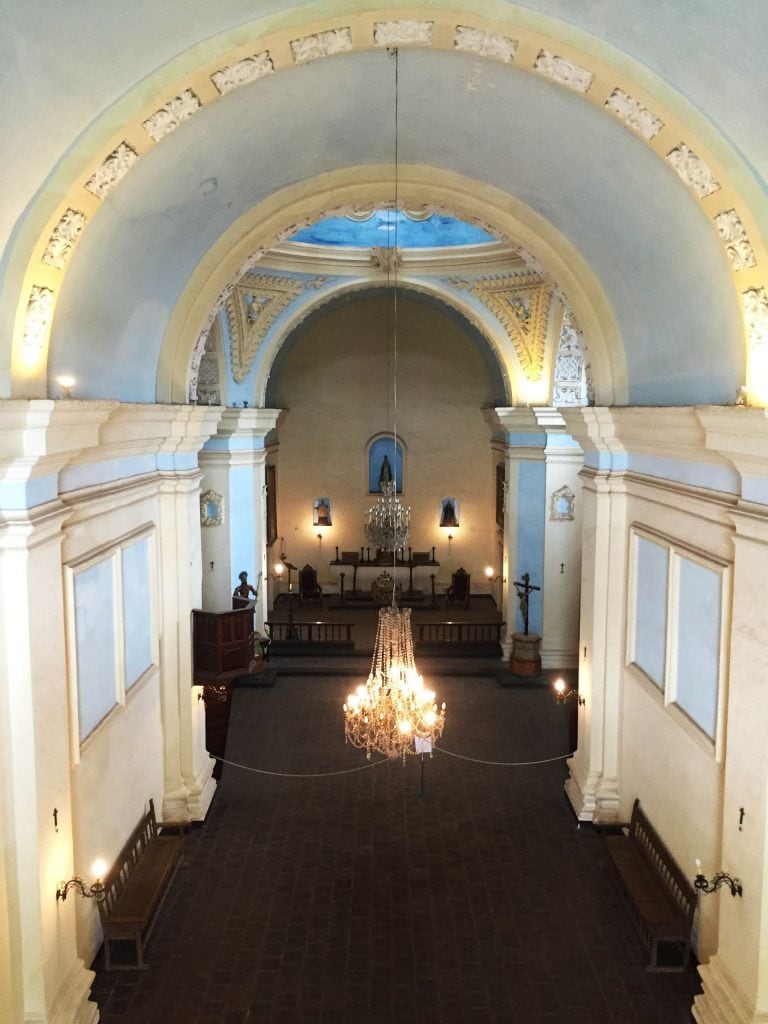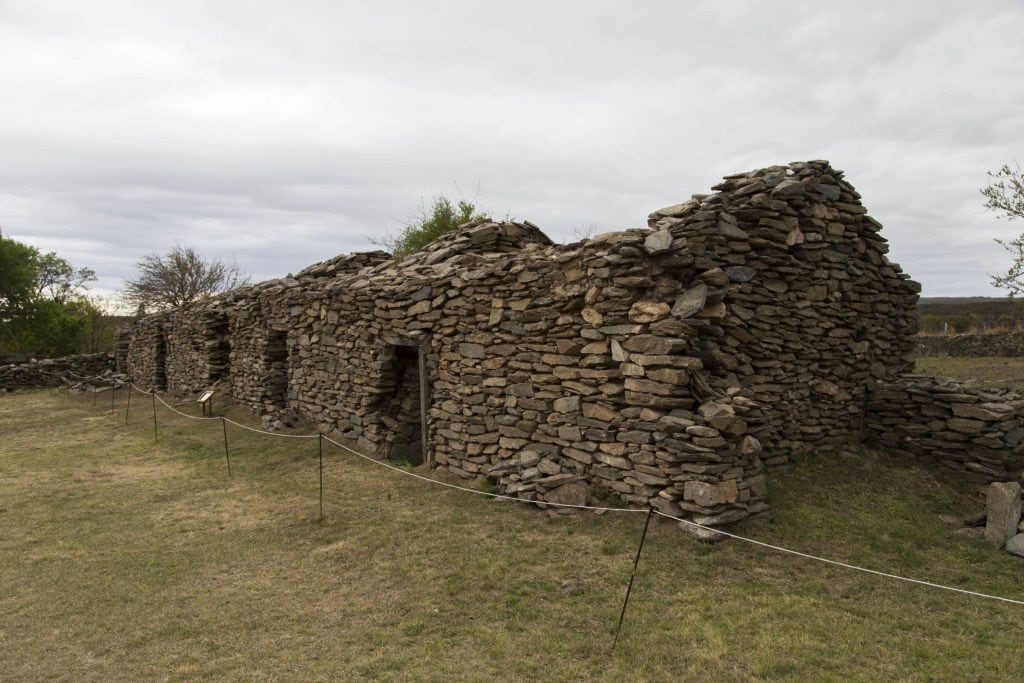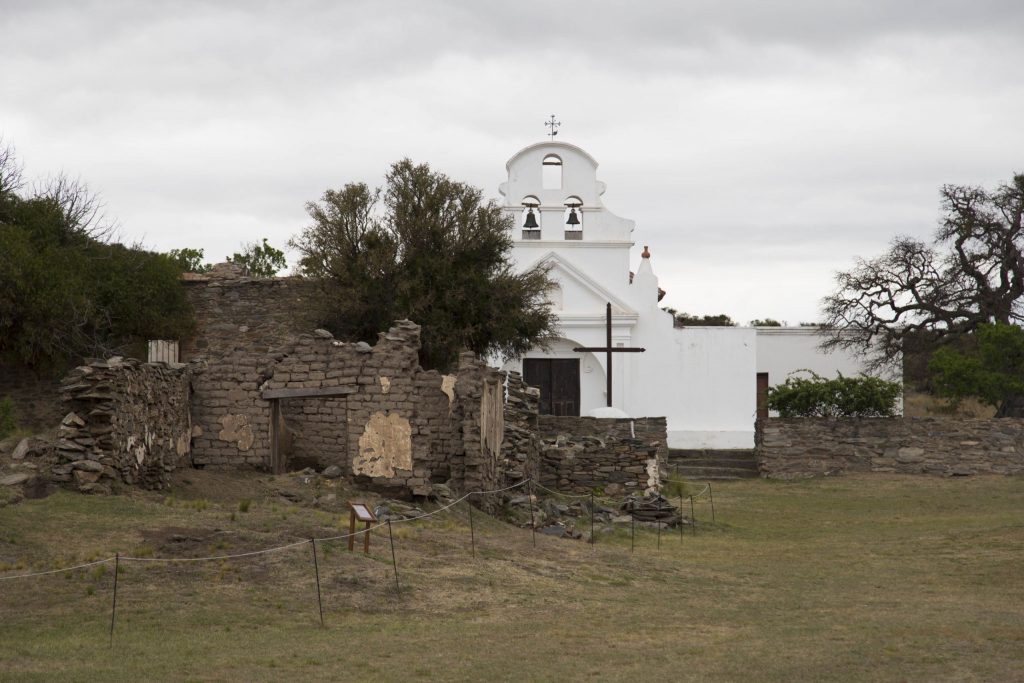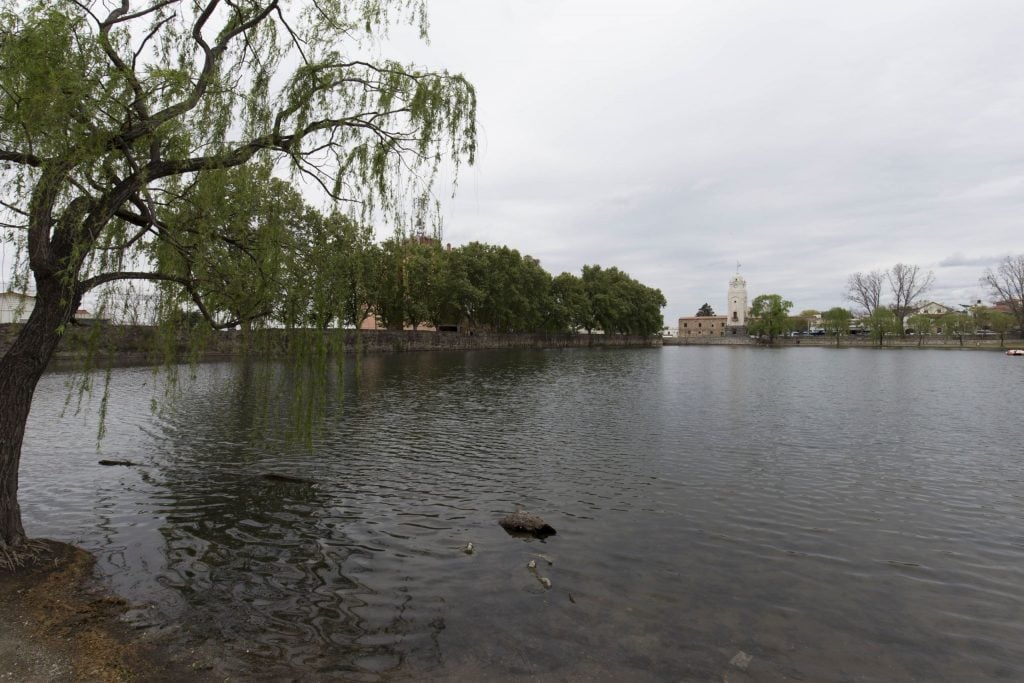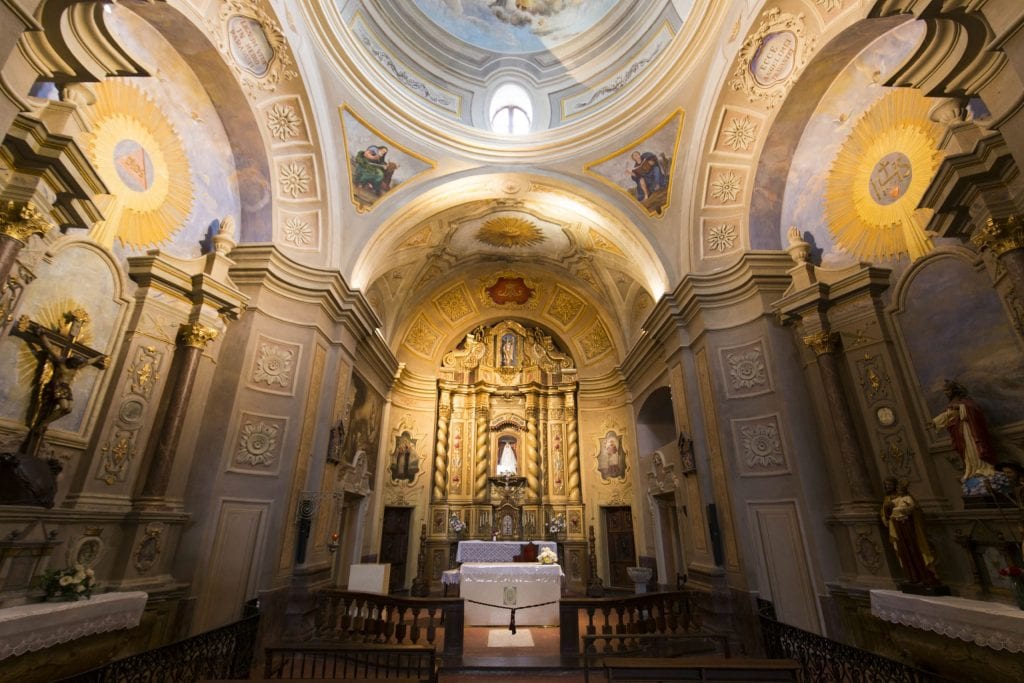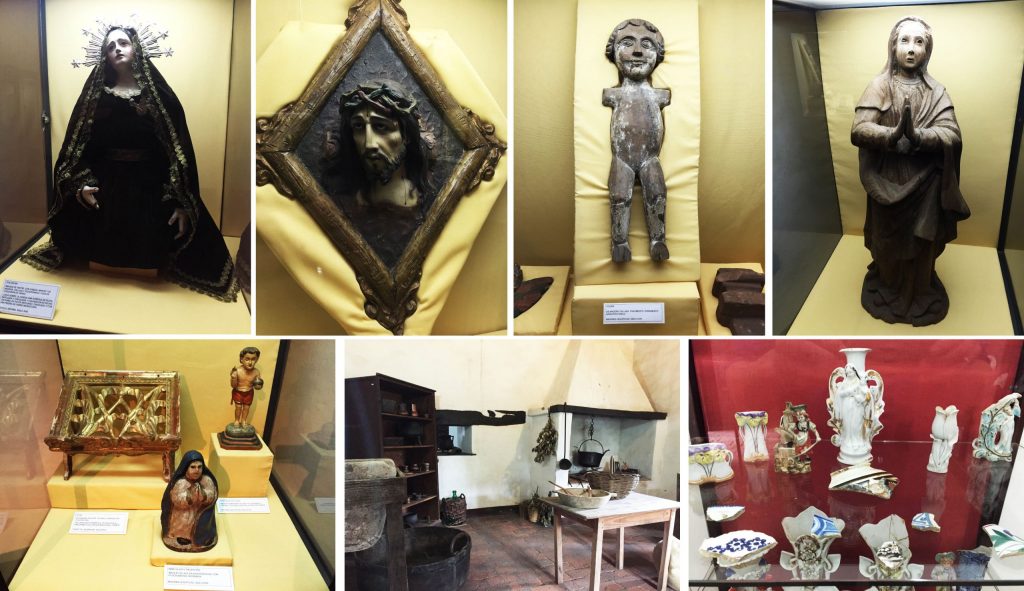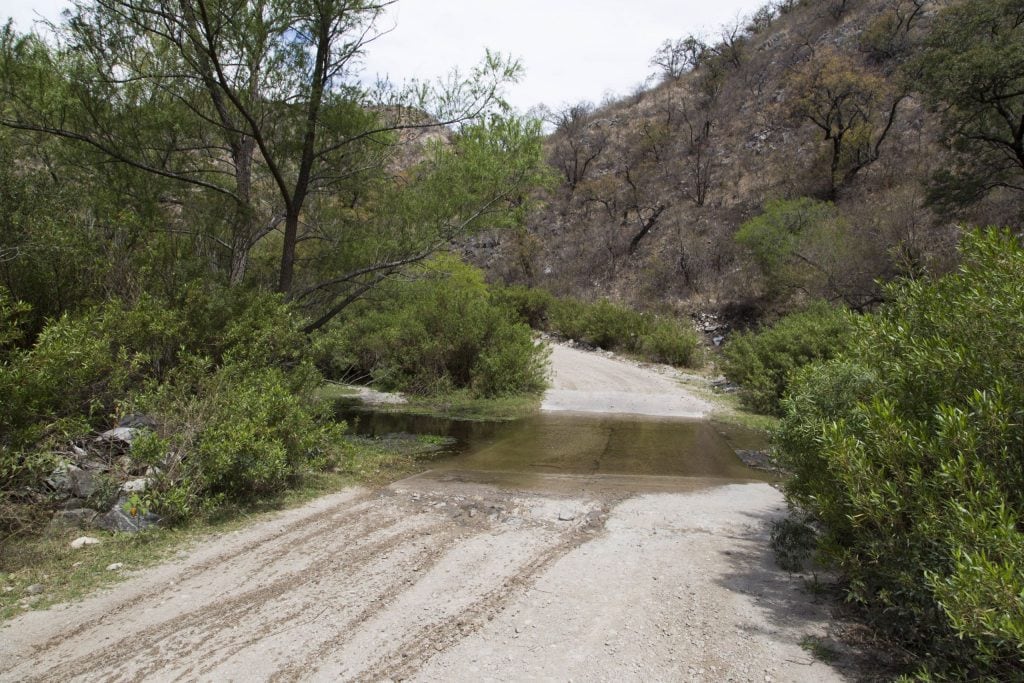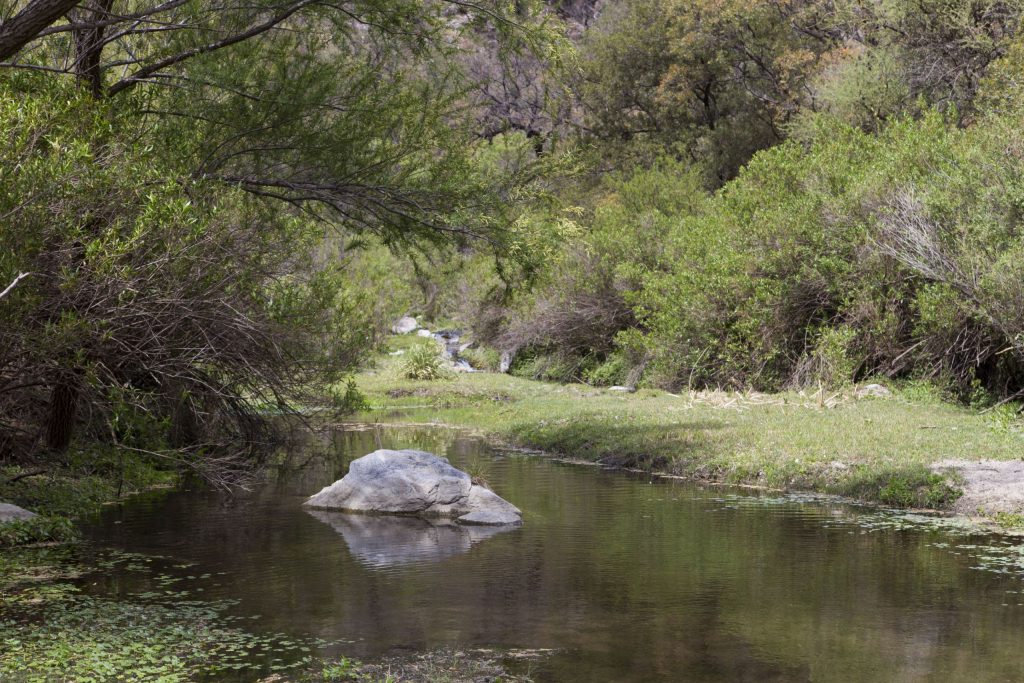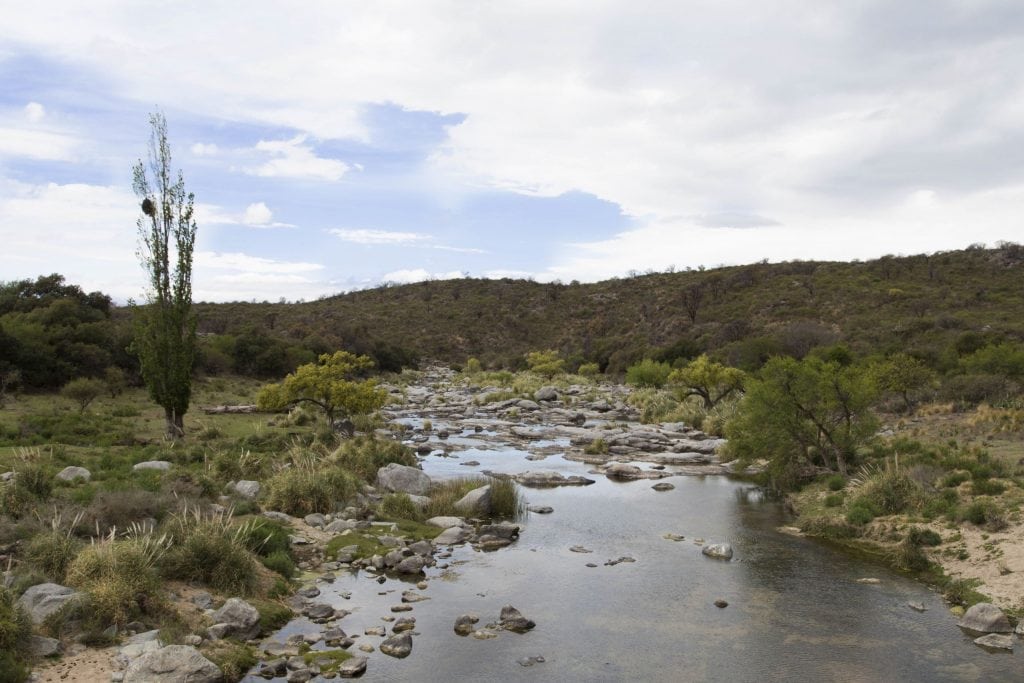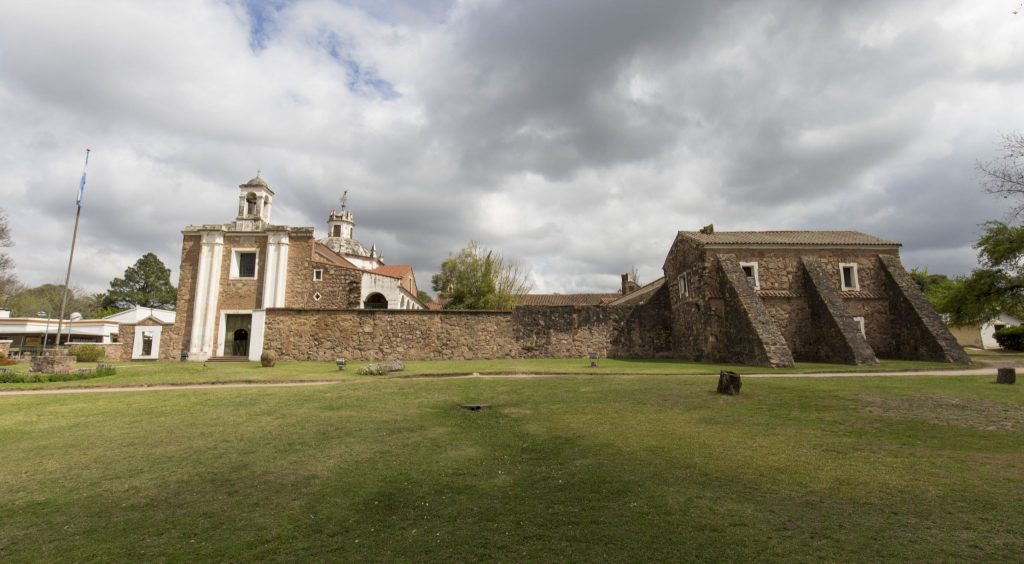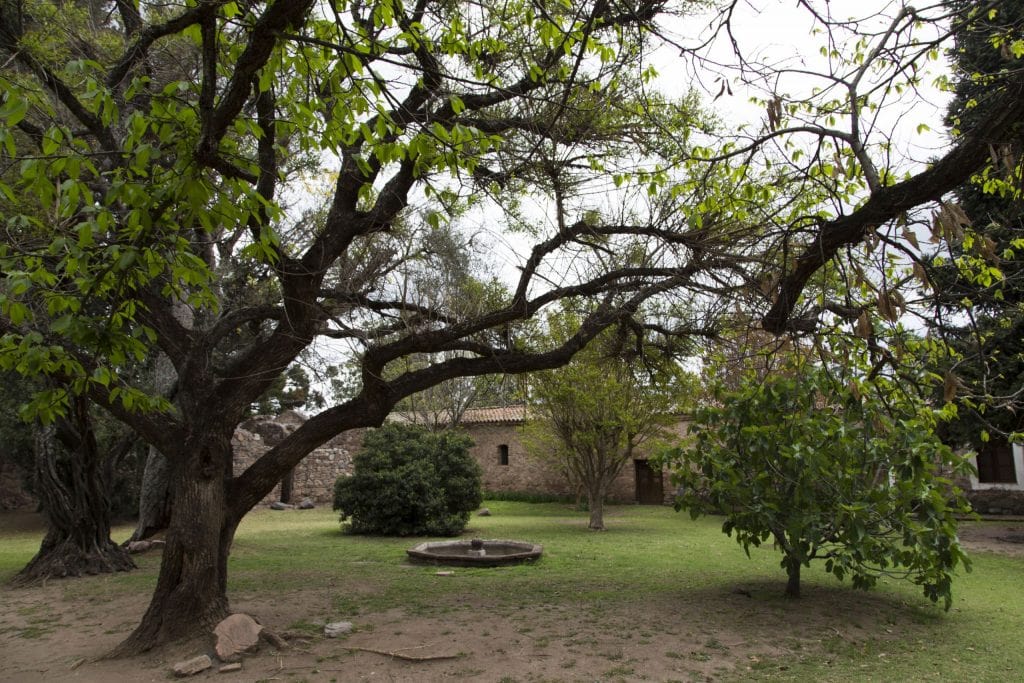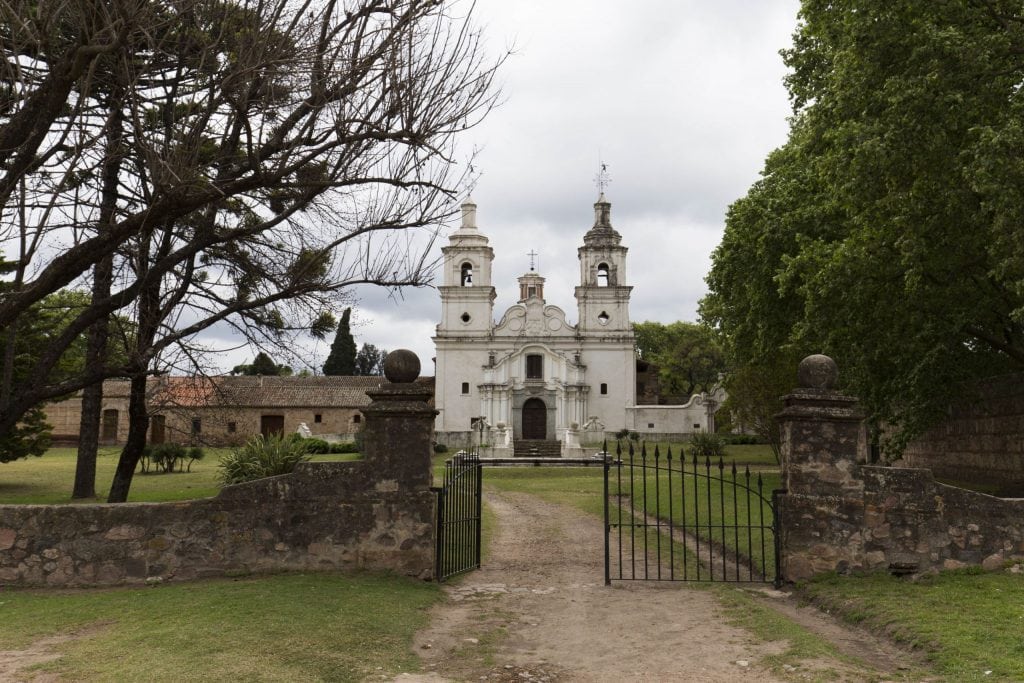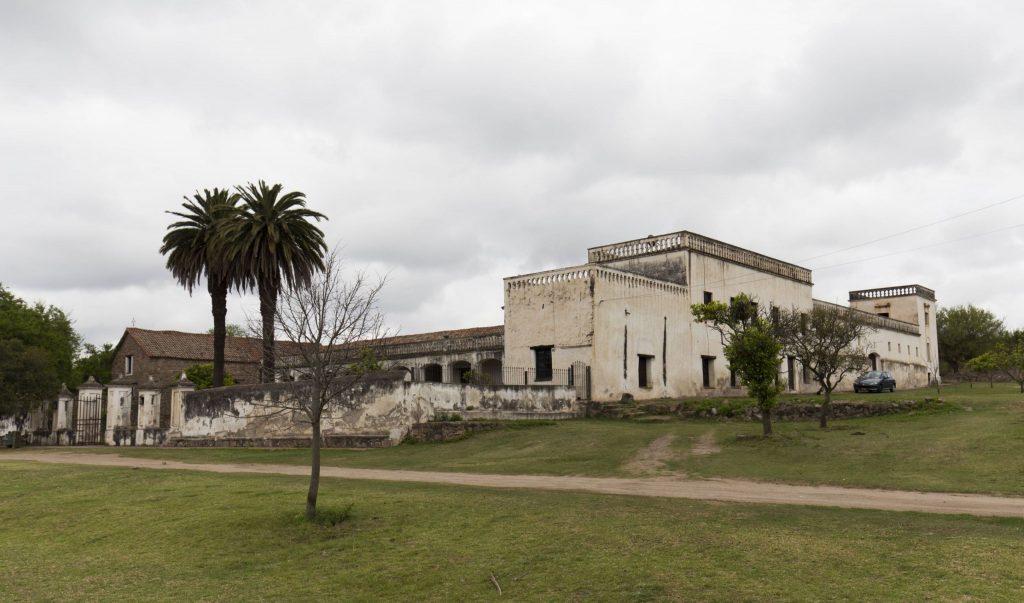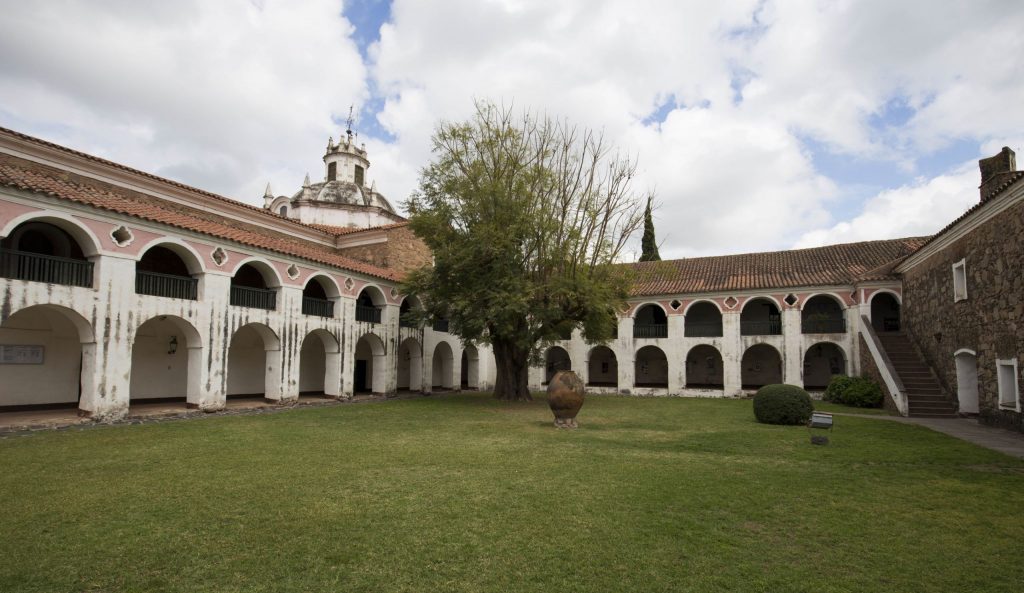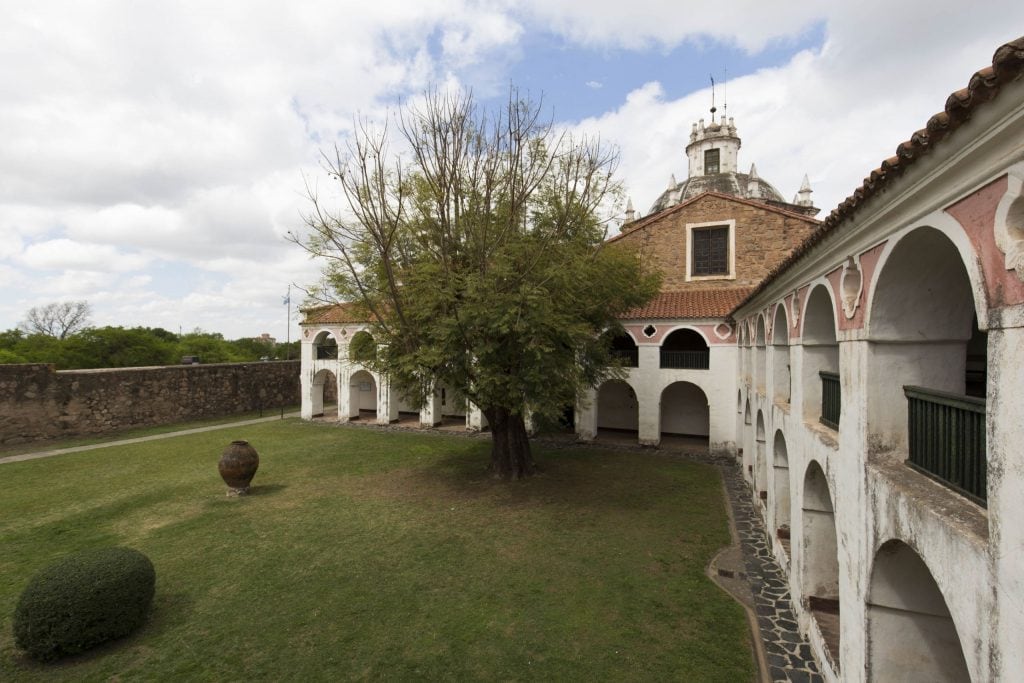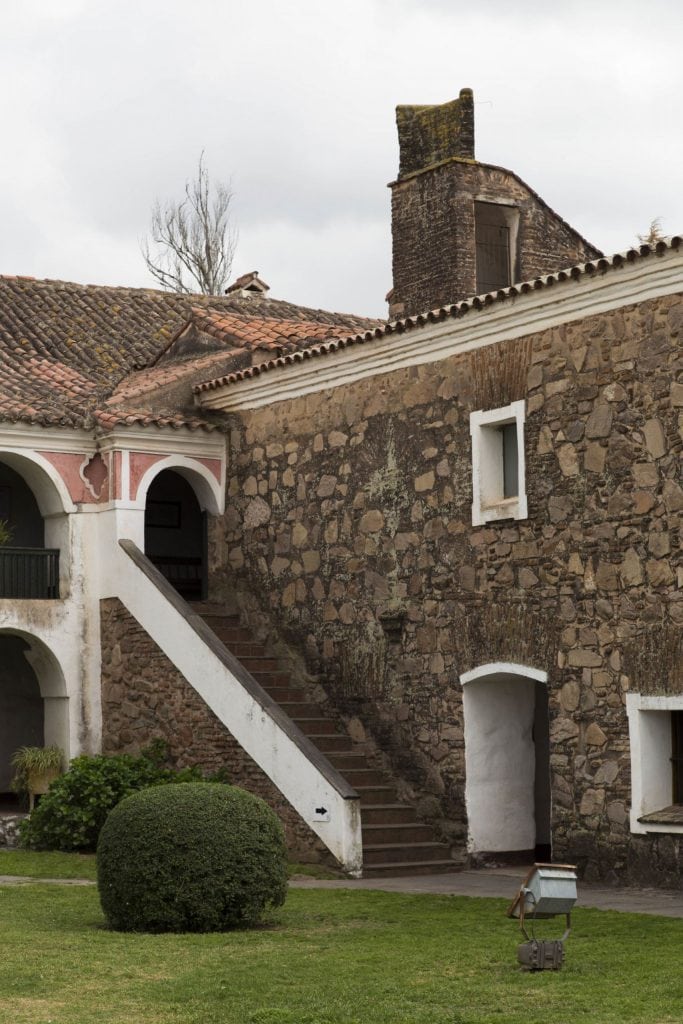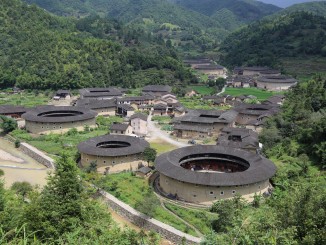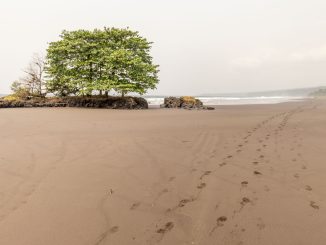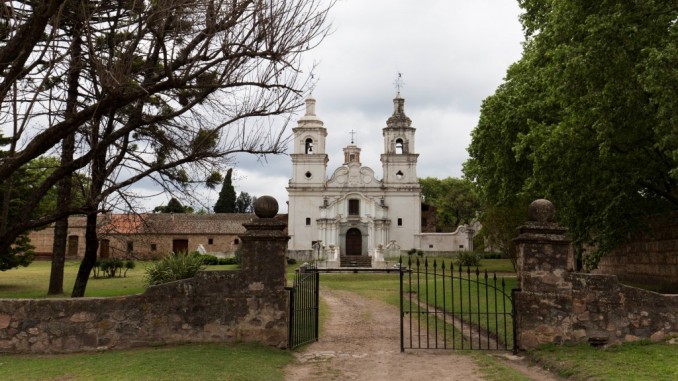
Table of Contents
dIn my quest to visit all UNESCO World Heritage Sites the Jesuit Block and Jesuit Estancias of Córdoba were high on my list as I visit Argentina yearly. I will take you around the five remaining estancias as the sixth Estancia de San Ignacio no longer exists. Be warned this is a long day with a lot of driving in the car especially to Estancia de Candelaria. With my route through the rough mountain terrain in a simple Chevrolet Chexa it was impossible to visit all five. Estancia de Alta Gracia which is very close to Córdoba I visited the next day morning before my flight. If you take the normal route which I drove back you could visit all five in a day if you start at 08:00 in the morning. It’s however an adventurous trip but well worth it.
The Jesuits
The Jesuits are the members of the Society of Jesus which is a group of persons which are part of the Catholic Church. Ignatius of Loyola founded the society in 1534 after which they made an ode to travel the world and share the ideas of the Catholic Church. They offered places to live, churches and the most important educations through schools and universities. They arrived in South America in the early 17th century and the estancias around the Córdoba Jesuit Block were founded in 1615. In the 2nd part of the 18th century they got expelled by the Spanish King Charles III and the Franciscans took over for almost a century. After this the Jesuits ruled just a few years again after which everything got nationalized by the Argentinian government. Around Córdoba there were six estancias of which five remain to be visited; this can be done in a day. Córdoba itself with its Jesuit Block takes another day which I cover in another article about Córdoba.
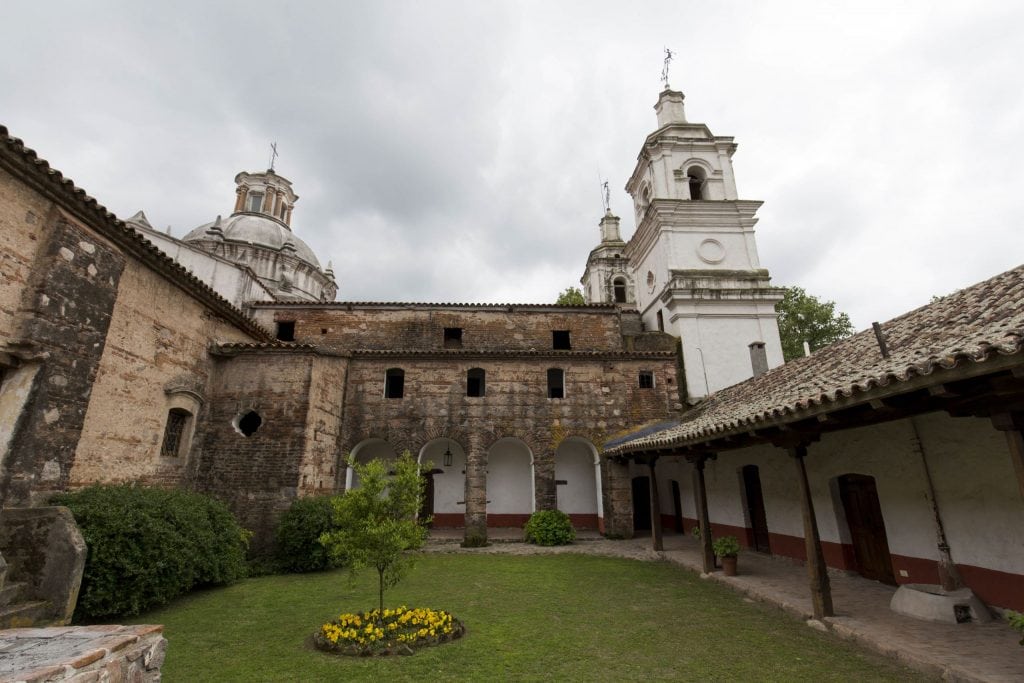
Estancia de Caroya
My plan was to pick-up my car at 08:30 and be at the first Jesuit Estancias, the Estancia de Caroya at 09:00. Of course this didn’t work as my breakfast at the Azur Real Boutique hotel was so good I only picked up my car at 09:00. The drive to the city of Colonia Caroya went perfect but there I got a bit lost on the navigator with all the one way roads. I arrived at Estancia de Caroya at 10:15 only which was more as an hour later as planned. Just see the GPS map below to see where I drove wrong and make sure you do not make the same mistake 🙂
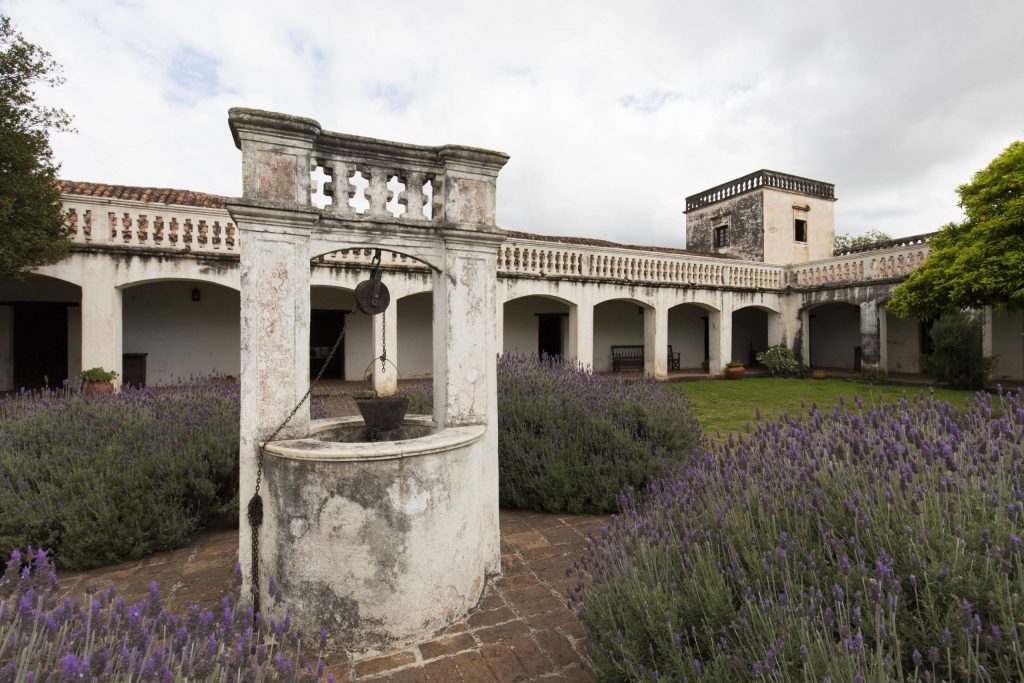
The Jesuit Estancias de Caroya is located on a huge stretch of land and is the first estancia established by the Jesuits in the year 1616. When you arrive over the driveway towards the complex you can see how huge it was. The ground around the complex was used for wheat, grapes, fruits and other crops. In the middle of the complex there is a large courtyard around which all the residential buildings are arranged. Each room currently holds an exhibition with artifacts used in and around the estancias throughout the centuries. One corner has a beautiful church constructed of stone walls and a roof out of wood while the remainder of the complex is a beautiful example of rural architecture of the 17th, 18th and 19th century. While you walk the complex you can see the various ways of construction throughout these centuries. There is a small entrance fee to be paid after the visit and a leaflet is handed out with background information in English. The staff of the place did not speak any word English but where very helpful and tried to explain a bit. It takes about 45 minutes to see the place maybe up to 60 minutes as this is the first of the day.
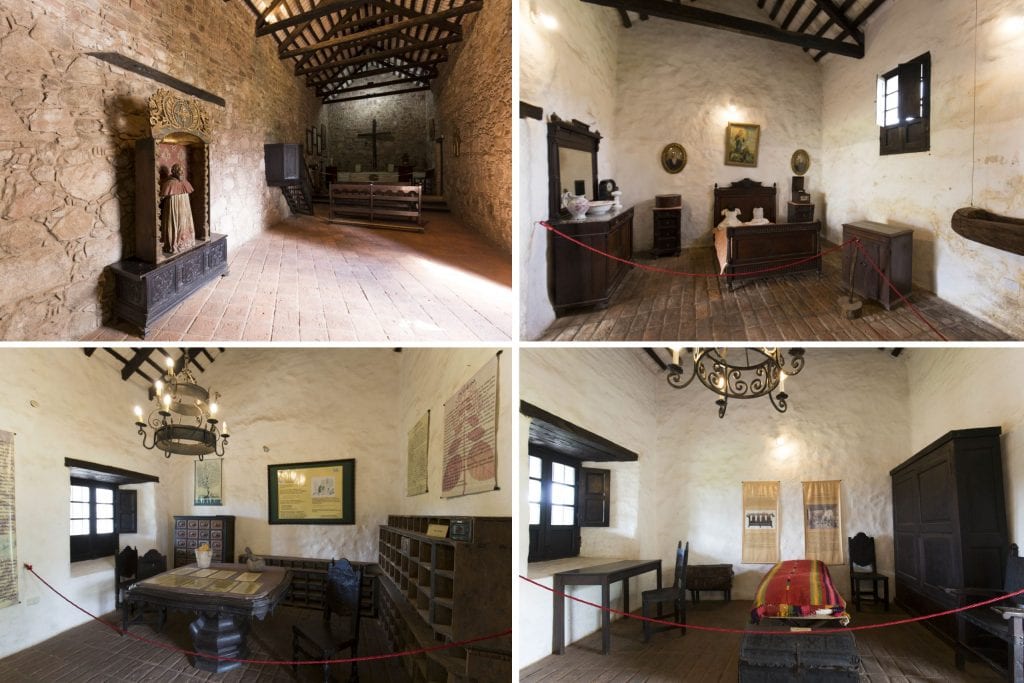
Estancia de Jesús María
Next on the list of the Jesuit Estancias was the Estancia de Jesús María which is just 4 KM from Estancia Caroya. I did ask directions at the Jesuit history museum just outside of the Caroya Estancia to not get lost again. This estancia is the second the Jesuits founded for production of all kinds of items they needed including stone items and farming tools. It was founded in 1618 just 3 years after the Jesuits arrived in the area.
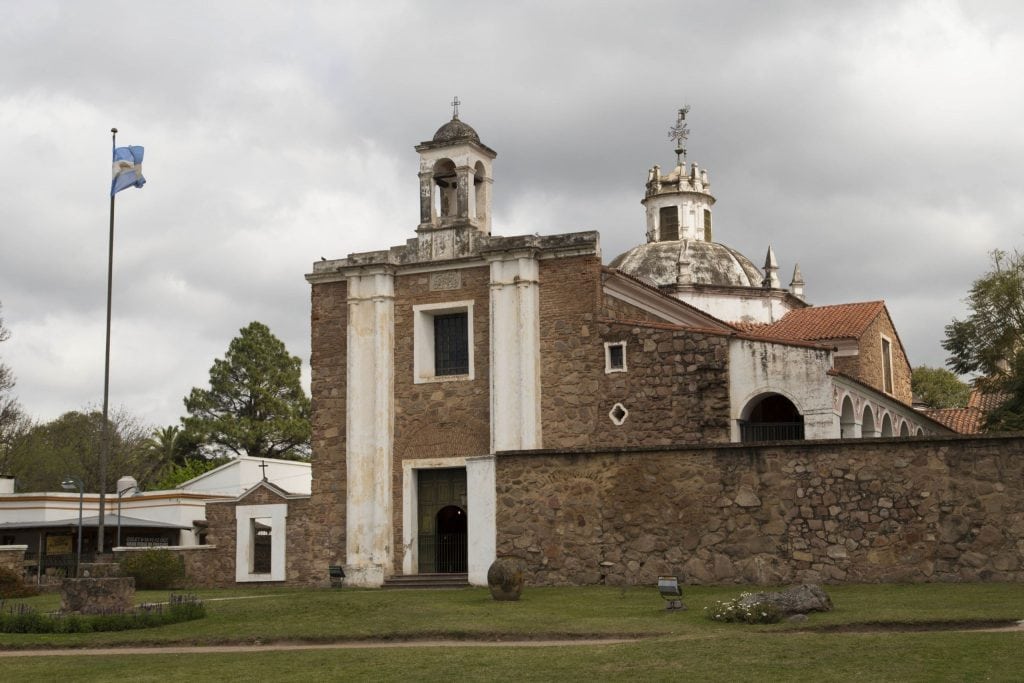
The current entrance is just next to the church which is completely build of stone and has a huge dome inside with aboriginal decorations. The courtyard is surrounded by a two level housing for the monastery and factory. Each room has various items on display used throughout the centuries at the estate. You can also visit the wine cellar which was used for the famous wine the estancia produced. In front of the Estancia de Jesús María is a large field of grass with pine trees. If you do not visit the Estancia de la Candelaria because it’s so far away take some pick nick for lunch in the garden here.
Estancia Santa Catalina
Next up during this Jesuit Estancias tour is the Estancia Santa Catalina which was the third to be founded in 1622. It is the largest of all and cannot be reached by public transport as it is located about 20 kilometers over secondary dirt roads. These roads are good even for my small car, so far so good. When you arrive at the estancia the first thing you will notice is the huge colonial baroque church which was built during a full century and finished only in 1754. As the estancia is still a private property it can only be visited on a guided tour. During the hour, I was there I did not see any other tourist. Probably because most tours do not go to this place but that’s a shame as this one is one of the more beautiful ones.
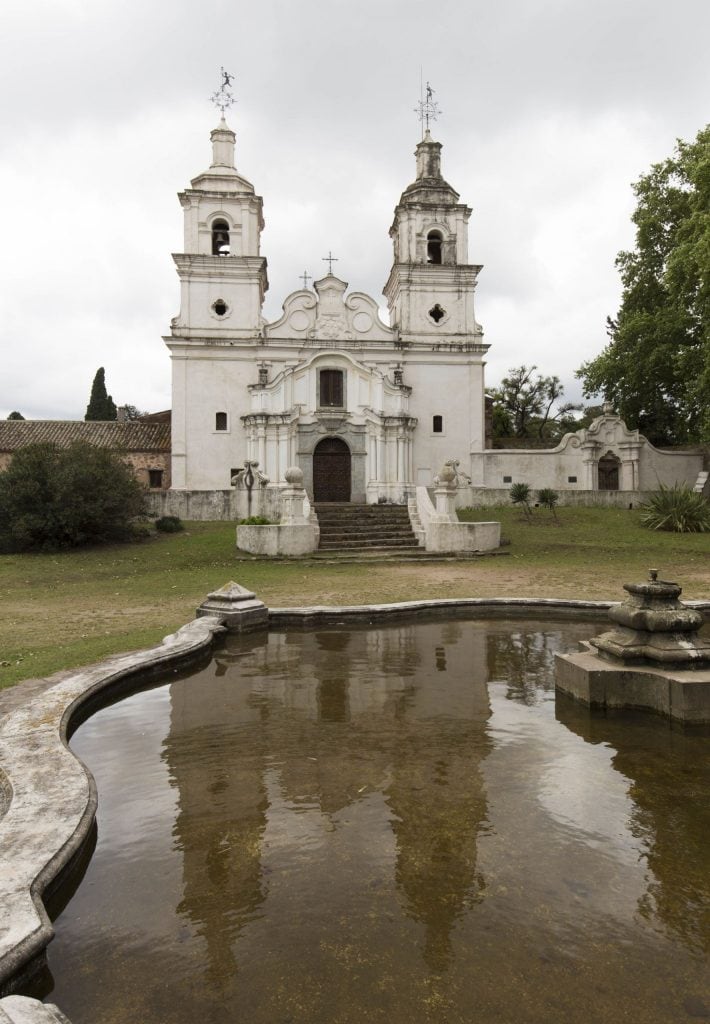
The tour takes you through the residential buildings towards the back of the complex. There is not an exhibition like in the other Jesuit Estancias but the church is what is beautiful here. Due to the private tour I had no option at all to make any photos inside, but: it’s beautiful. An altar piece carved out of wood with gold decorations, a beautiful façade, decorated ornaments everywhere and a beautiful dome with a single glass window in the top. After my 30 minute visit I was back at my car and friendly welcomed by the local restaurant to have a late lunch. Unfortunately I had to skip as I had no idea how long the drive to the last estancia would be.
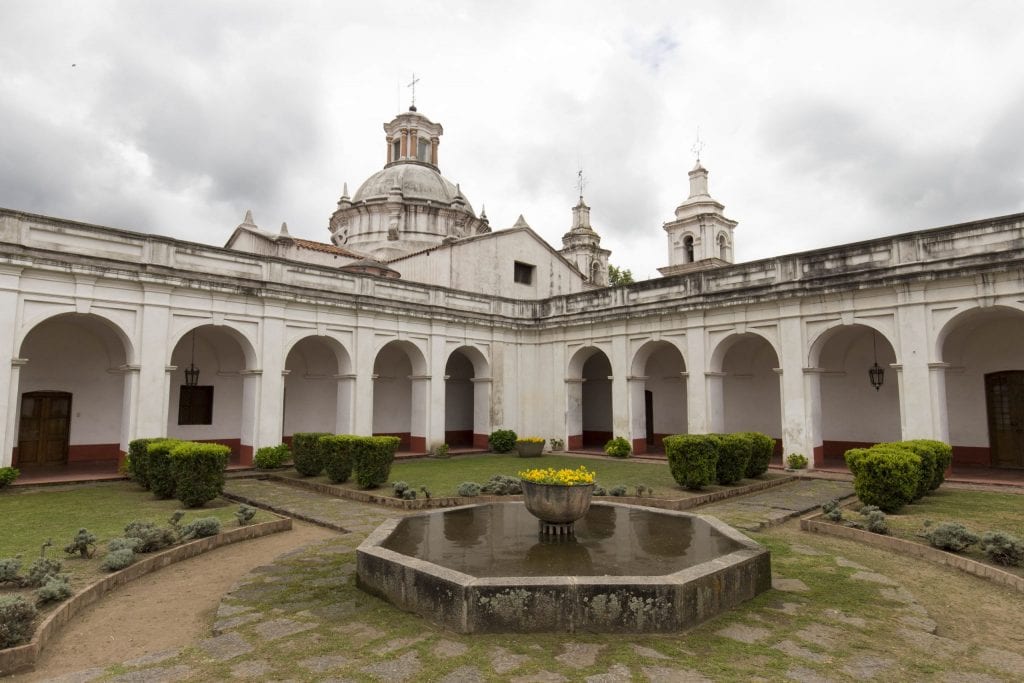
Estancia de la Candelaria
With the visit to Estancia de la Candelaria the fourth estancia founded in 1683 my idea of the quest to see all UNESCO sites would almost get me stuck in the middle of nowhere with a broken car. When I left the Estancia de Santa Catalina I put my navigator (TomTom) first to go to the city of Ascochinga as this was a point on all the routes. From there I had to go to La Cumbre which was the second city I had to pass one way or another. The navigator said to drive south and then cross the mountain range and again up north but this seemed strange to me as I could just drive west over the mountain range. I THOUGHT that both ways were unpaved but I learned on the way back the suggestion of the navigator would take me over a nice paved highway through the mountains. Anyhow, I took the more direct road towards La Cumbre over an badly unpaved road with many hairpins. It had beautiful views but it took me about 2:30 hours to cross.
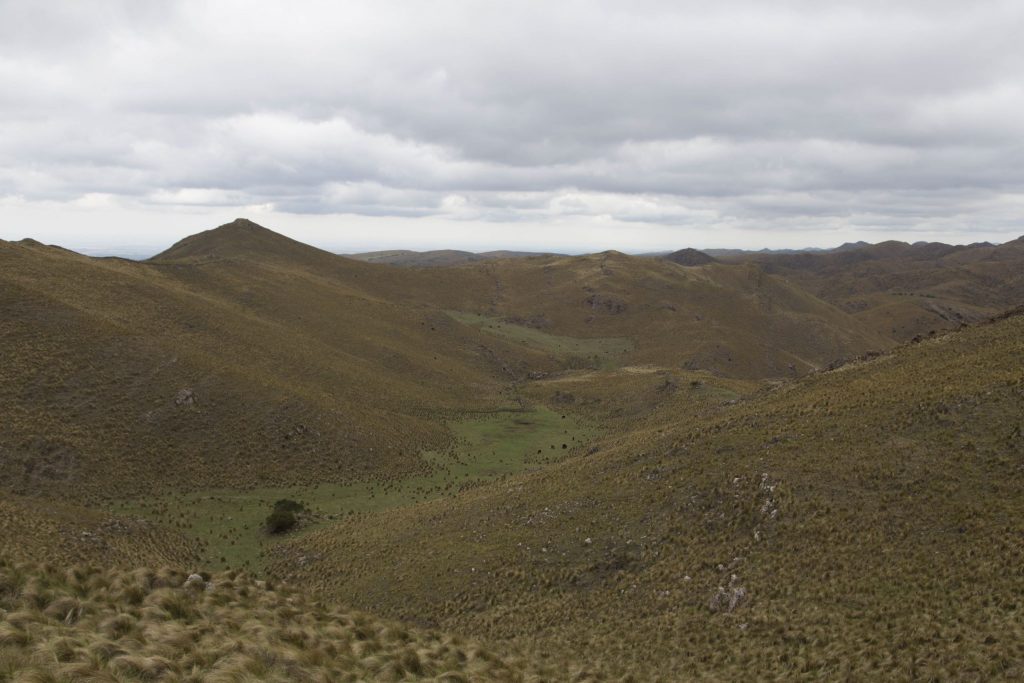
I made it to the other side, but the worsed part still had to come. At La Cumbre I put in the navigator Estancia La Candelaria and it showed me a 6 hour drive up north and then westwards and south again all around “something”. I changed the settings to “take the shortest” route and it still gave me a route of about 6 hours but I thought I can do that in 2 as the passed 2:30 hours also said 6 hours. Oh, it was a scenic drive but I wished I had a 4×4 to drive it! The first part went pretty quick and there were some ranches here and there but then it became rough. I mean really rough. Holes in the road I could not even drive through without getting stuck so had to drive next to the road. The road went up and down with angles of 35+ degrees which my clutch and breaks didn’t like. I smelled burned rubber and oil. At the bottom of this canyon I had to pass through a river, which did clean my car till halfway the doors. The road became a bit better but then the fences started. They make sure the cattle cannot go from one ranch to another and I had to stop each time to open and close it. Finally it took me about 4 hours to arrive to Estancia La Candelaria, the last one of the Jesuit Estancias today. The worsed part was I finished my water already 4 hours ago so I was 4 hours without any liquid at all in the heat of my car and a voice in my head saying “you won’t make it!”. But I did make it!
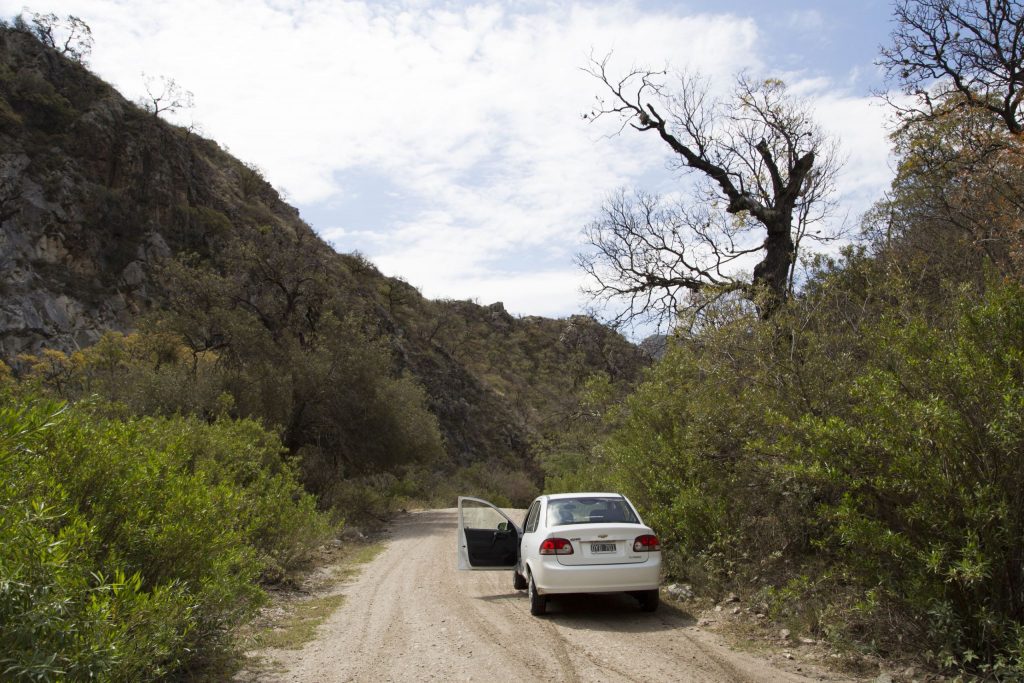
The Estancia de la Candelaria is different from all others as it’s located in a remote wasteland and served also as an outpost. It was mainly used for cattle raising. From the buildings around the main building is not much more left as some stones piled up again as it should have looked like. The church is only open on a guided tour which costs (almost) nothing and looking at the guest book they had maybe 5 visitors in the past 2 weeks or so. The architecture is simple with stone walls and the church has not many decorations at all. A few items are on display and I had seen the grounds in just 30 minutes. If you ask me if it was worth the drive? Hell yes! The adventure drive through the rugged wasteland was let’s say interesting and my quest to see all the heritage sites was a bit more complete. On the way back I choose the route of the navigator had given me in the first place. It was still a big part of unpaved roads but good ones. The reason it gave 7 hours’ drive before was due to the fact it calculated just 5 kilometers per hour at those roads but you can easily drive 50. So in the end it took me just 3 hours back to Córdoba in time for a fine gastronomic dinner at the Azur Real Boutique hotel.
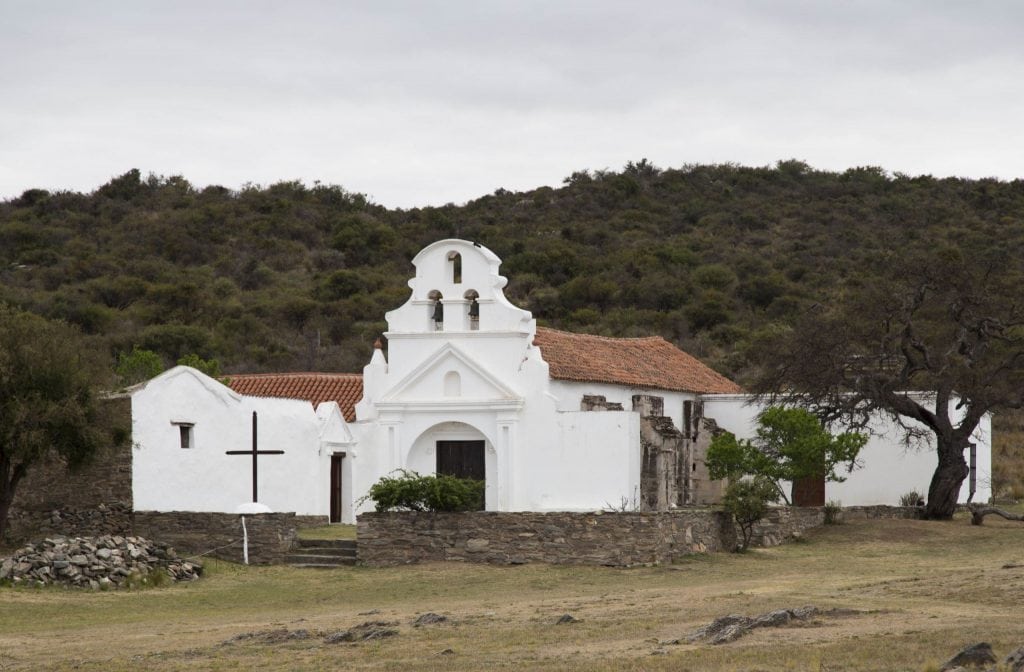
Estancia de Alta Gracia
Due to my adventure the previous day I had to visit Estancia de Alta Gracia the last Jesuit Estancias the following day in the morning before my flight. I probably could have reached it after dark the day before but it would have been closed. Wouldn’t it be that I arrive there at 12:00 and it was just closed to for the afternoon too. I could only see the church and the outside. Compared to the other Jesuit Estancias I visited the day before this one has less of a baroque style and much more straight limestone constructions. Estancia de Alta Gracia specialized in textile industry and agricultural business. From the outside it looked bigger as the others but the layout is exactly the same.
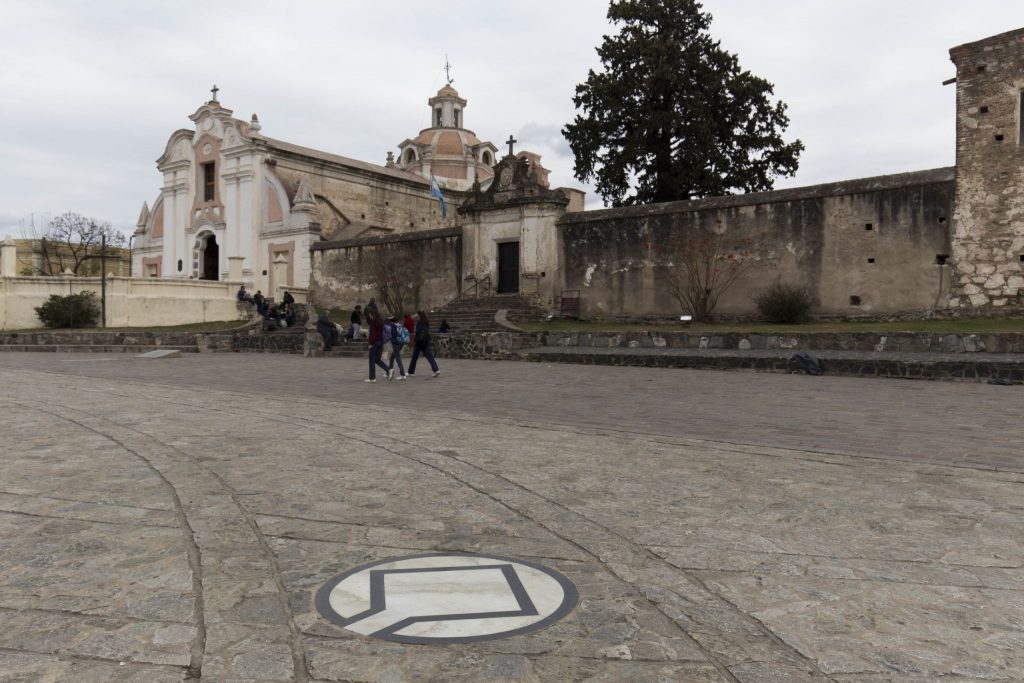
With my visit to the last Jesuit Estancias just before my flight I finished my quest to visit all five. The last is most close to Córdoba compared to the others and probably the most logical choice if you want to visit just one but I would recommend visiting Estancia de Caroya and Jesús María. Not everything went as I planned but it was a great adventure. I would do it again but preferred with two people in case I would get stuck in the middle of nowhere. The Jesuits left more heritages for example the Missions in Paraguay and the Missions in Argentina which I already visited before. I will take you in another article to Córdoba city and its Jesuit Quarter which are worth a visit for another full day.
Stay tuned for more stories and subscribe to the newsletter or follow CTB on social media (Facebook, Twitter, Instagram including Instagram stories; on all social media you can find CTB @christravelblog) to get updated information.
Did you visit Córdoba and the Jesuit Estancias too or do you have questions? Please leave a comment at the bottom of the page. Love to hear from you!
Gallery Jesuit Estancias of Córdoba
Click an image for a full screen gallery of more photos taken during this trip. If you like to use any photo for commercial, private or editorial use please contact first for permission and/or pricing.


